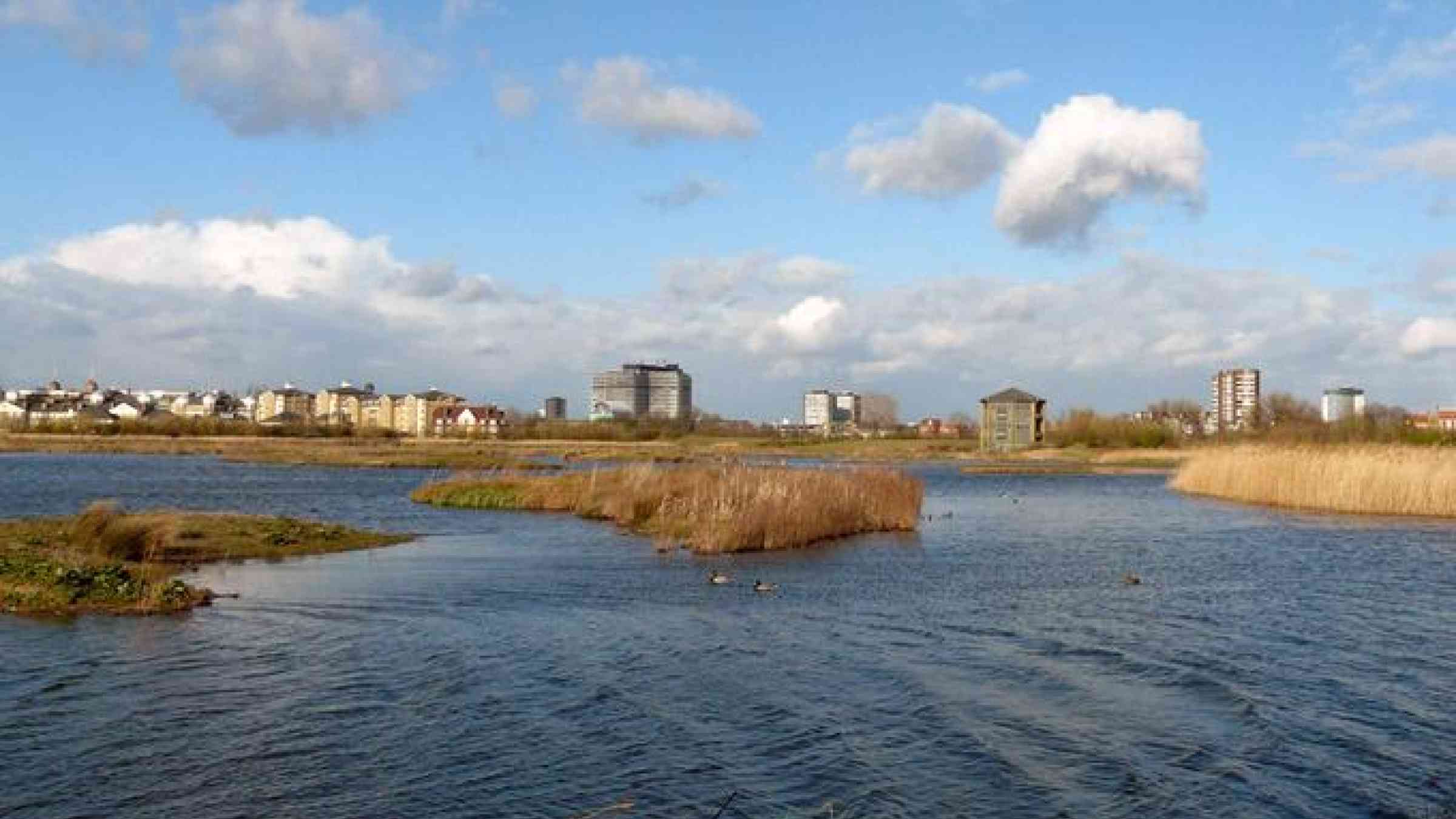No Sustainable Development Goals unless action is taken to reduce the deficit in natural infrastructure

At the High-level Thematic Debate on Achieving the Sustainable Development Goals (SDGs) NGO Wetlands International states that better management and restoration of wetlands is an essential strategy to meet at least seven out of the seventeen Development Goals that were adopted in September 2015. The SDGs, Paris agreement, and Sendai Framework for Disaster Risk Reduction, which all concluded last year, are potentially triggers for increased investment in improving the status and condition of wetlands, which are the fastest declining ecosystems in the world.
During the High Level Debate In New York, Wetlands International’s Chief Executive Officer Jane Madgwick is a Discussion Leader on ‘Partnerships that enable innovative solutions to achieving the SDGs’.
Since 1900 the world has lost 64% of its wetlands through drainage and conversion and much of those that remain are under growing pressure by economic and infrastructure development that has failed to value their role.
Wetlands International advocates the need to safeguard and restore wetlands to reduce CO2 emissions, protect cities and shores, maintain biodiversity, combat desertification, and provide clean water and food; all issues that are included in the SDGs.
The adopted global agreements acknowledge that sustainable development can only succeed if poverty eradication and environmental sustainability are pursued together. Many of the SDG targets signal the need to safeguard and restore ecosystems and in many cases specifically wetlands as a vital strategy for a sustainable and secure world.
This gives all countries the responsibility to step up policies, investments and practices for wetlands and their services as an integral part of development and climate action.
Jane Madgwick: “The global policy frameworks now recognize that harnessing the services of wetlands as “natural infrastructure” yields multiple dividends in water and food security, disaster risk reduction, climate action and sustainable development. Now it’s all about how to make it happen. There is an urgent need to build up technical and financial capacities and for political commitment from governments, private sector and civil society for implementation.”
To support the debate on SDG implementation priorities, Wetlands International is sharing experiences from its innovative initiatives which can transform whole landscapes into safer and more prosperous environments. In order to bring such innovations to scale, it therefore recommends that integrated action by different sectors needs to be incentivized.
As an example, the NGO recommends that humanitarian and environmental organisations, private sector and government agencies need to collaborate in order to come to effective solutions for disaster risk reduction. Unsustainable land and water use affect wetland services such as reducing peak flood flows and storing excessive rainfall. Hence restoration of ‘natural infrastructure’ also needs to be assessed across landscapes as a solution, not just big infrastructure. This requires different expertise and players.
Wetlands International considers that institutional, policy and financial barriers to integrated approaches are often the main bottleneck to scaling up the impact of these successes.
Jane Madgwick: “NGOs play a crucial role helping to link local information about risks (and about appropriate solutions) to national, regional and global planning and financing, brokering inter-sectoral solutions and thus increasing the impact of efforts to reach the SDGs. This role needs to be much better recognized and supported”.